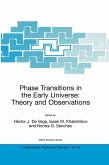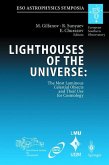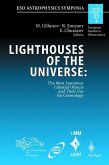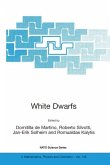The Joint European and National Astronomical Meeting (JENAM) of 2002, was held in Porto - Portugal (2-7 September 2002), corresponding to the I ph Meeting of the European Astronomical Society (EAS) and the IJ! En contra Nacional de Astronomia e Astroftsica (12ENAA) of the Sociedade Portuguesa de Astronomia (SPA). Portugal has a small and young community of researchers in Astronomy. This meeting have had an important role in marking the beginning of what we expect to be a new phase for Astronomy in Portugal. The fact that we have chosen to address '"the future" reflects this will of the Portuguese com munity to share and discuss our commitment for the next decades with our colleagues. The meeting, titled "The Unsolved Universe: Challenges for the Fu ture", aimed at discussing some of the major research programmes and objec tives for the next decades. The scientific programme included the plenary ses sions (invited reviews and highlight talks), whose contributions are published in this book, and several workshops on more specific topics.
Whereas many published meeting proceedings are quite limited in relevance (they are rapidly superseded) and in audience (appealing only to specialists), I suspect this little book will appeal to a wider readership, for longer than most. It will stand as an historical record of what researchers considered important in this era. Perhaps in hindsight, future researchers will find the omission of solar-system topics from the list as astonishing, considering the future of humankind may well hinge on our ability to exploit or deflect near-Earth asteroids. Perhaps they will be shocked that the effects of solar activity on the Earth's climate were not worthy of examination. Perhaps they will laugh at our blindness to non-stellar baryons in the Universe. Write down your own list of unsolved astronomical problems, and compare it with those in this book a decade hence! The comparison can only prove enlightening. (G.C.L. Aikman, The Observatory (124/1183/2004)








